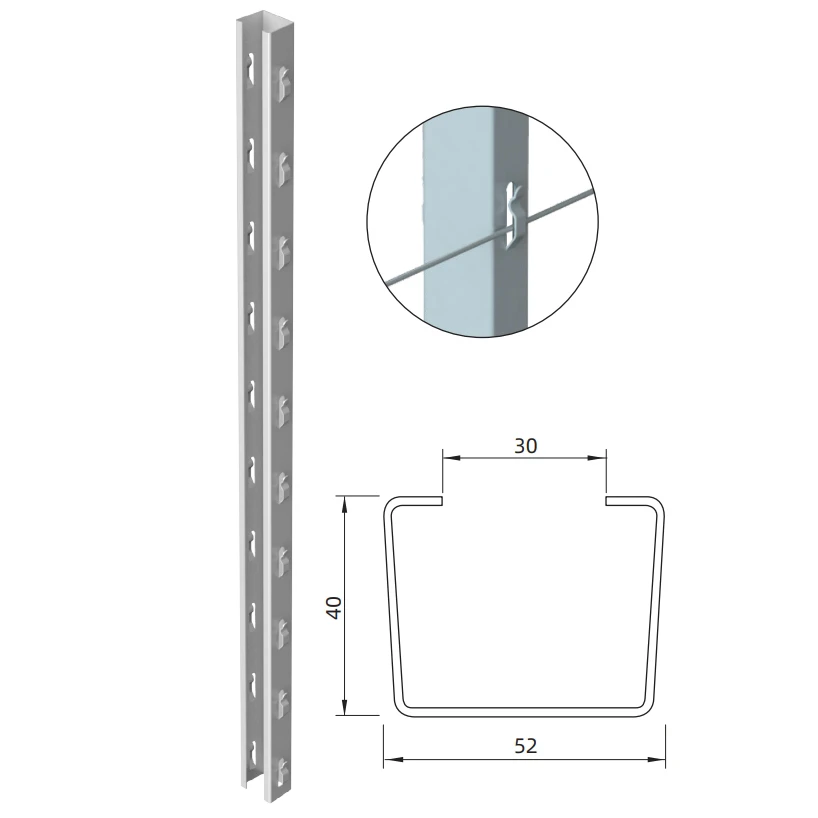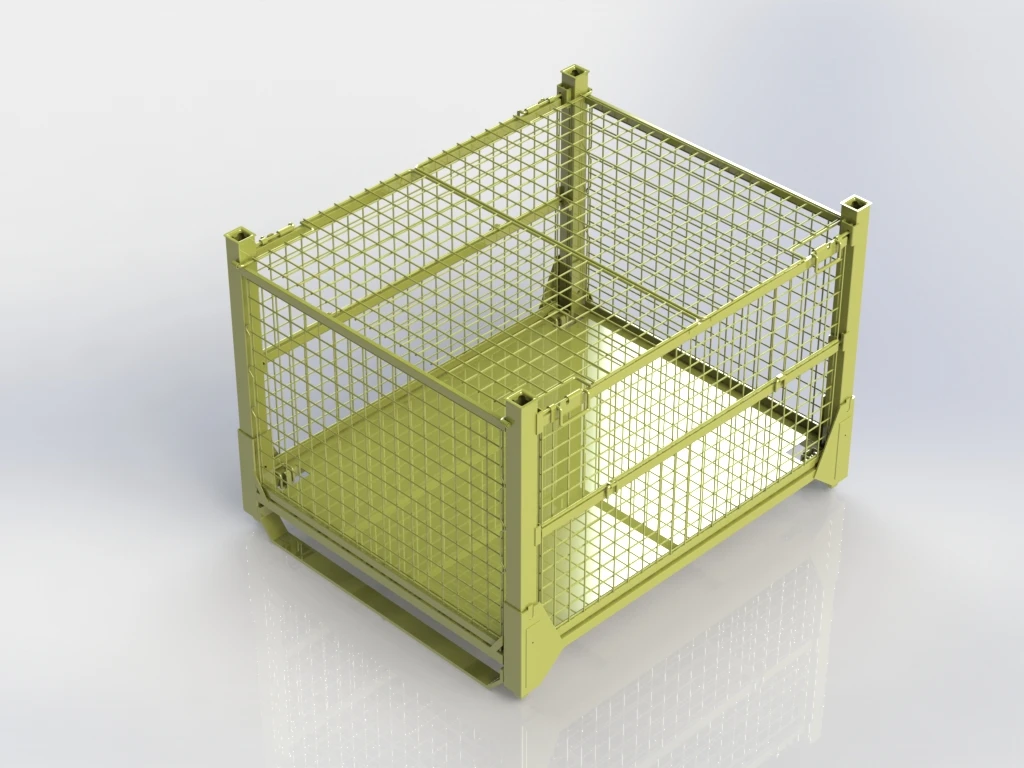Innovative Electric Fencing Solutions for Efficient Livestock Management and Protection
Oct . 14, 2024 03:45
The Benefits and Applications of Electric Livestock Fences
Electric livestock fences have emerged as a revolutionary solution in the realm of animal husbandry. These innovative fencing systems combine the principles of electricity with traditional fencing techniques to create a safe and effective barrier for livestock. As agricultural practices evolve, electric fencing has gained popularity among farmers and ranchers seeking reliable and efficient methods for managing their animals. This article explores the key benefits and applications of electric livestock fences.
Understanding Electric Livestock Fences
Electric livestock fences utilize electrical currents to deter animals from crossing a designated boundary. These fences consist of insulated wires that are charged with a low-voltage pulse of electricity. When an animal makes contact with the wire, it receives a mild shock, which serves as a deterrent, teaching the animal to respect the boundary. The shock is safe for the animals and does not cause permanent harm. Various types of electric fences are available, including permanent, portable, and solar-powered options, allowing ranchers to choose the best fit for their specific needs.
Benefits of Electric Livestock Fences
1. Effective Animal Control One of the primary advantages of electric fences is their effectiveness in containing livestock. The shock delivered by the fence creates a strong psychological barrier, preventing animals from attempting to escape or wander away. This capability is especially crucial for farmers with large areas of land or those who keep a variety of livestock species that may otherwise roam freely.
2. Flexibility and Adaptability Electric fencing systems can be easily modified and adapted to suit different farming needs. Portable electric fences allow farmers to create temporary grazing areas, enabling rotational grazing practices that can improve pasture health and reduce feed costs. As livestock needs change, farmers can quickly reposition or adjust the fence layout without the substantial effort associated with traditional fencing methods.
3. Cost-Effectiveness While the initial setup cost of an electric fence may be higher than that of a conventional fence, it often proves to be more economical in the long run. Electric fences require less maintenance and can withstand harsh weather conditions, reducing the need for frequent repairs or replacements. Moreover, their ability to control grazing patterns can lead to better pasture management, ultimately saving farmers money on feed and veterinary costs.
electric livestock fence

4. Enhanced Safety for Livestock Electric fences contribute to the safety of both animals and humans. By containing livestock within a safe area, farmers can minimize the risk of animal injuries, accidents on roadways, or conflicts with wildlife. The clear boundary established by the electric fence helps livestock stay away from hazardous areas such as highways or neighboring properties.
5. Environmental Considerations Electric fencing systems are often more environmentally friendly than traditional barbed wire or wooden fences. They require fewer materials for installation and can be powered by renewable energy sources, such as solar panels. This eco-conscious approach aligns with the growing demand for sustainable agricultural practices.
Applications of Electric Livestock Fences
Electric livestock fences have various applications in agriculture. They are commonly used for
- Grazing Management Farmers can use electric fences to subdivide pastures, allowing for rotational grazing that optimizes forage use and increases soil health. - Wildlife Control Electric fencing can help protect crops and livestock from wildlife, deterring animals like deer or coyotes from entering certain areas. - Temporary Enclosures Portable electric fences are ideal for creating temporary pens or enclosures for animal handling, veterinary care, or during pasturing.
Conclusion
Electric livestock fences are transforming the way farmers manage their herds and pastures. With their effectiveness, flexibility, cost-efficiency, and positive environmental impact, these fencing systems provide a modern solution to age-old agricultural challenges. As the agricultural industry continues to innovate, electric fences will undoubtedly play a pivotal role in promoting sustainable and responsible livestock management practices. For farmers looking to enhance their operations, investing in electric fencing can be a game-changer that ensures the safety and well-being of both livestock and land.









 Unity
Unity Creation
Creation Challenge
Challenge Contribution
Contribution










